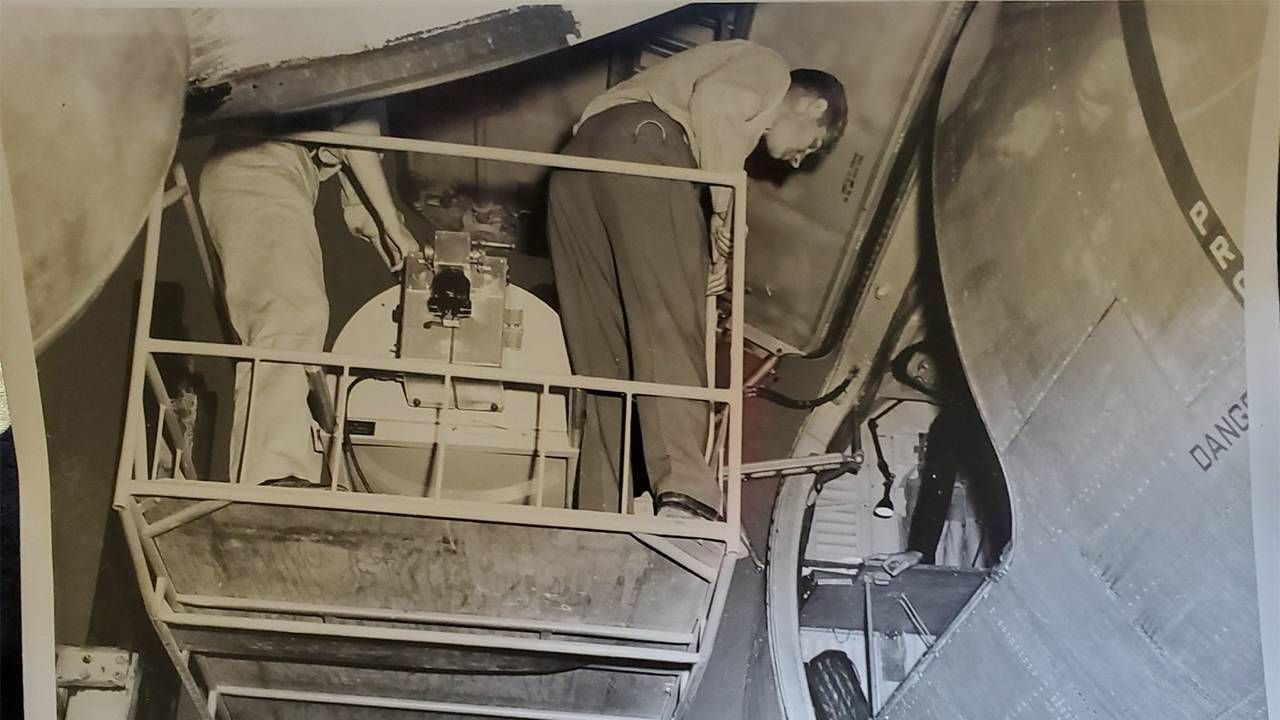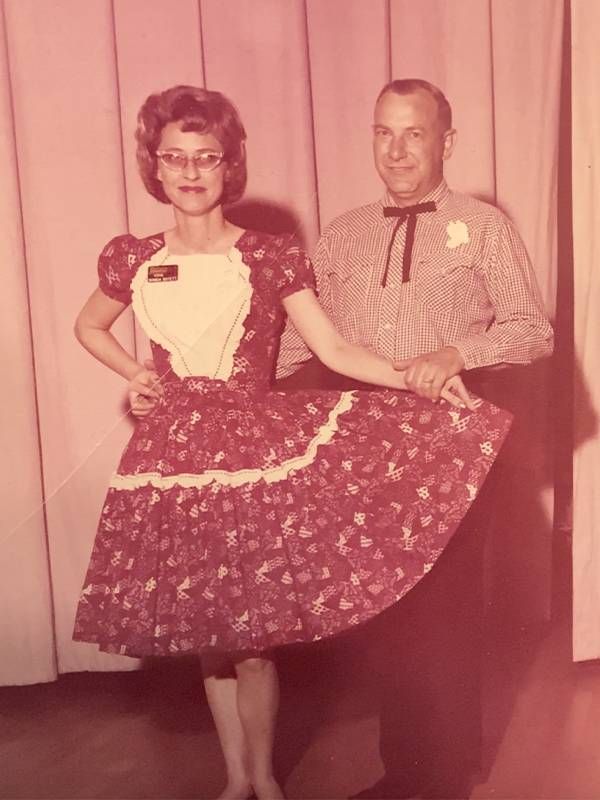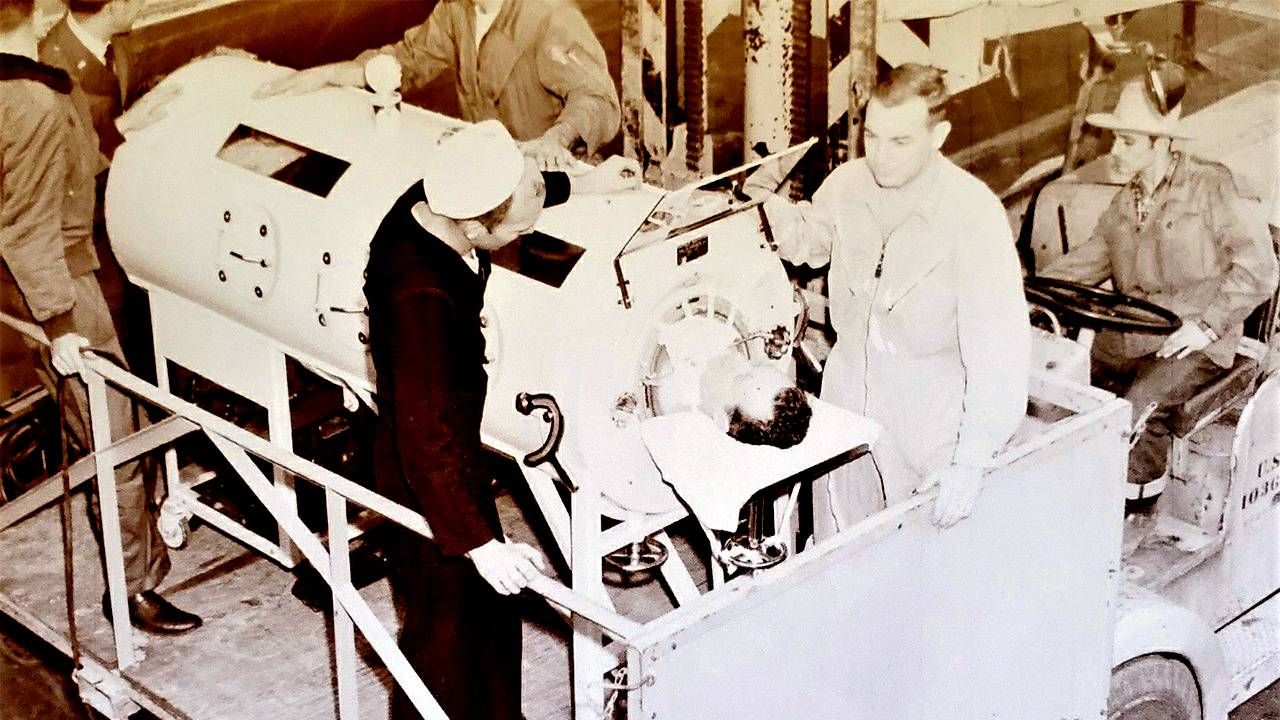Lunch Sessions and Life Lessons With My 91-Year-Old Friend Charles
A chance encounter gave this reporter inspiration and a life’s story to share
"Keep working. Don't quit. You gotta live until you die. Don't ever back away from anything." Those words have been a lifelong motto for Charles Monroe Boyett and the exuberant answer to this reporter's question: "What advice would you have for someone who wants to live a long life?"

At age 91, dementia is tugging at the edges of his memories and eroding some of the finer details of a lifetime of experiences. But Charles still has much to share.
I first met him in the spring of 2020. He was living at the same care facility in Chico, Calif., as my mother. Before COVID-19 took hold, I would join my mother for lunch, and we often shared the table with Charles.
I was just a little ol' boy in Texas and lived on a farm all my life until I left home ... There wasn't anything important about me. But I wanted to go on and be whatever I could be.
From our first meeting, he stood out. He appeared for meals and activities always neatly dressed; crisp pressed shirts, dress pants with pleats, a large Texas-esque belt buckle, shoes freshly polished and hair carefully combed. He was the classic image of a gentleman.
Had he served in the military, I wondered? Who was this man? Once his son, Marc Boyett, gave the green light for an interview, I met up with Charles again.
"When opportunities come your way, make the best of it," said Charles, as he reflected on his life's journey and Air Force service. He had never been out of the United States before joining the military, "But before it was all said and done, I had been around the world," he said wistfully.
My recollections of initial interactions with Charles were that he always had a smile or pleasant word to exchange. He took part in singing lessons. He joined the group exercise classes. During Friday afternoon happy hour events, I would spot him singing and clapping in time with the performers.
At our lunch sessions with my mom, Charles told elaborate stories about his Air Force days.
Later, my mother would ask, "Do you think Charles has really done all these things?"
What seemed like exaggeration to us turned out to be the chapters of an eventful life.
Polio, Charles Manson and California Wildfires
Charles began his career in the Air Force where he received medical training and worked as a surgical technician during the Korean War. He was also assigned to the so-called "flying lung" project, which the Air Force set up to transport patients during the 1950s polio epidemic.
"I try to get [people] to think of themselves as being better than they ever thought they were."
His collection of personal memorabilia documents his experiences and offers a glimpse into the medical innovations of that time.
One photograph shows him working alongside a patient in a portable iron lung machine. The SAM Lung — named after the School of Aviation Medicine that designed it — was small enough to fit inside a cargo plane. Charles was part of the team that retrofitted the Boeing C-97 Stratofreighter to accommodate the SAM Lung.
He recalls the period when polio spread unchecked as "extremely frightening." But by the mid-'50s, Charles and his fellow airmen had an important role to play in stopping the virus when a polio vaccine became available. He traveled the world helping deliver inoculations to military personnel and civilians.
"You got vaccinated," he said of the military's immunization program. "People were not given a choice."
Charles wasn't a pilot, but he helped make modifications to many aircraft. A patch on his Air Force cap attests to his role as a member of the C-141A Test Team. The Lockheed military transport aircraft was designed to carry cargo and troops over long distances. It had its first flight in 1963. Once again, Charles found himself working to help refit a plane into a flying surgery and medical transport aircraft.

After he retired from the Air Force in 1967, Charles spent another 20 years working as a medical technician at San Quentin Prison in California. He remembers interacting with famed, notorious prisoner Charles Manson. But that's as much of the story as he's willing to share.
Charles said his main priority was making sure that the prisoners got the best care available. "I didn't want to do anything that would make their lives worse," he said.
He concluded his working career with another 20-year stint, this time at the California Conservation Corps, where he worked in education and recruiting. He helped corps members get their high school equivalency diploma, and during the fire season drove tankers and crew trucks. He retired from that job in 2001.
And now Charles has a new chapter to add to his life.
'He Brings so Much Joy Into My Life'
At the end of 2020, his son, Marc, decided to move his father out of the care facility and into his home. COVID-19 was taking a heavy toll on residents of the nation's long-term care facilities, and he wanted to protect his dad from the virus.

"I wasn't quite prepared," said Marc, who never imagined he would be a caregiver. "Dad was weak and there were some things going on I had not been told about. I questioned, 'Did I take him away from a situation that was better for him and put him in danger?'"
In the months since, father and son have adjusted to the change, and Marc said he has learned a great deal, including not treating his father like a child — a common misstep when adult children take on caregiving duties for a parent.
"I'm a lot stronger than I thought; emotionally stronger because it can be trying [caring for an aging parent]. But I do believe I made the right choice because he's happy," said Marc.
"I've never known my dad to not be happy," he adds. "He brings so much joy into my life." (Charles, sitting nearby, laughed and his eyes lit up upon hearing this.)
Insights to Share
As we wrapped up our visit, I asked Charles what he remembers most fondly about his life's journey.
He lovingly described his wife and children and recounted global travels, all the while holding a warm smile and a gleam in his eye.
"I look back at my life and I was just a little ol' boy in Texas and lived on a farm all my life until I left home," explained Charles. "Until then, I hadn't done anything and there wasn't anything important about me. But I wanted to go on and be whatever I could be. I knew I had work to do to try and do the very best I could, wherever I might happen to be," he said.

Charles and many other older adults have lived through important, historical moments and have valuable lessons and insights to share.
Spending time with him reminded me that advancing age and infirmity don't diminish the gifts we can offer others. Charles' can-do attitude is infectious, and he appeared to inspire my mother. When she talked about his stories, she seemed to have a renewed interest in living.
A natural mentor, Charles sees something special in everyone.
"Some people for some reason or another don't think they are good enough to do whatever they are supposed to do, and I try to get them to think of themselves as being better than they ever thought they were," said Charles.
I'm grateful for the time spent with Charles for myself … and my mother.
Editor’s note: This article is made possible with funding from the NextFifty Initiative.


